Blended Learning Models for Language Schools: Teach Smarter, Learn Faster
Chosen theme: Blended Learning Models for Language Schools. Welcome to a friendly, practical guide for building language courses that blend online efficiency with in-person warmth, so learners stay motivated, practice more, and reach real-world fluency with joy.
Why Blended Learning Works in Language Schools
Cognitive Benefits of Spacing and Multimodality
Spacing practice across online and in-person sessions strengthens memory, while varied formats—audio, video, reading, conversation—activate different pathways. Together, they reduce overload, build confidence, and turn short, frequent practice into steady, sustainable progress.
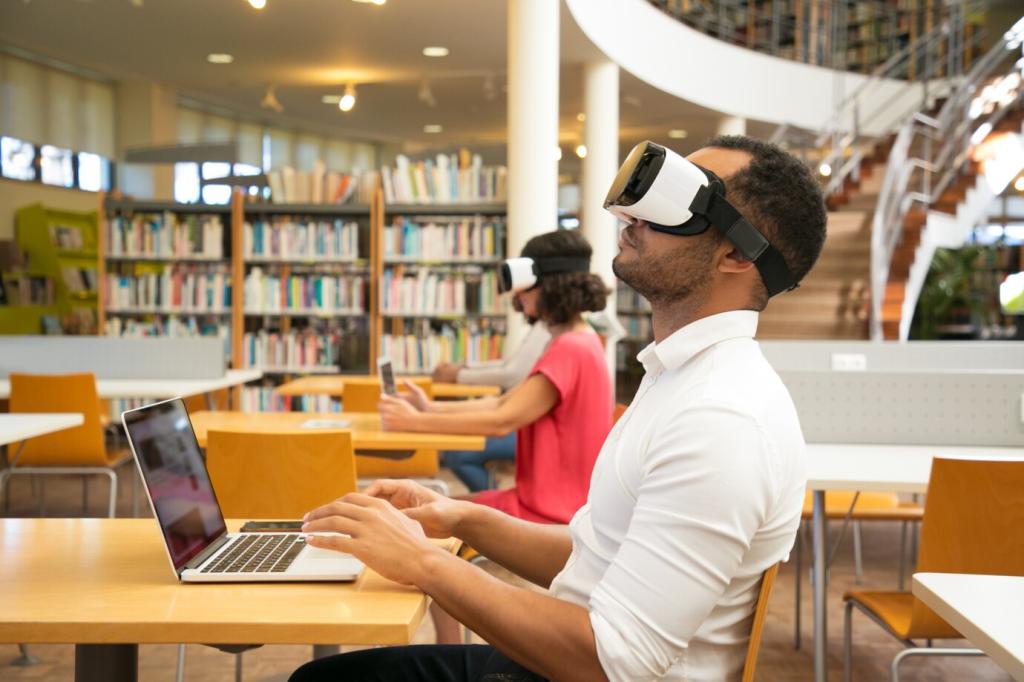
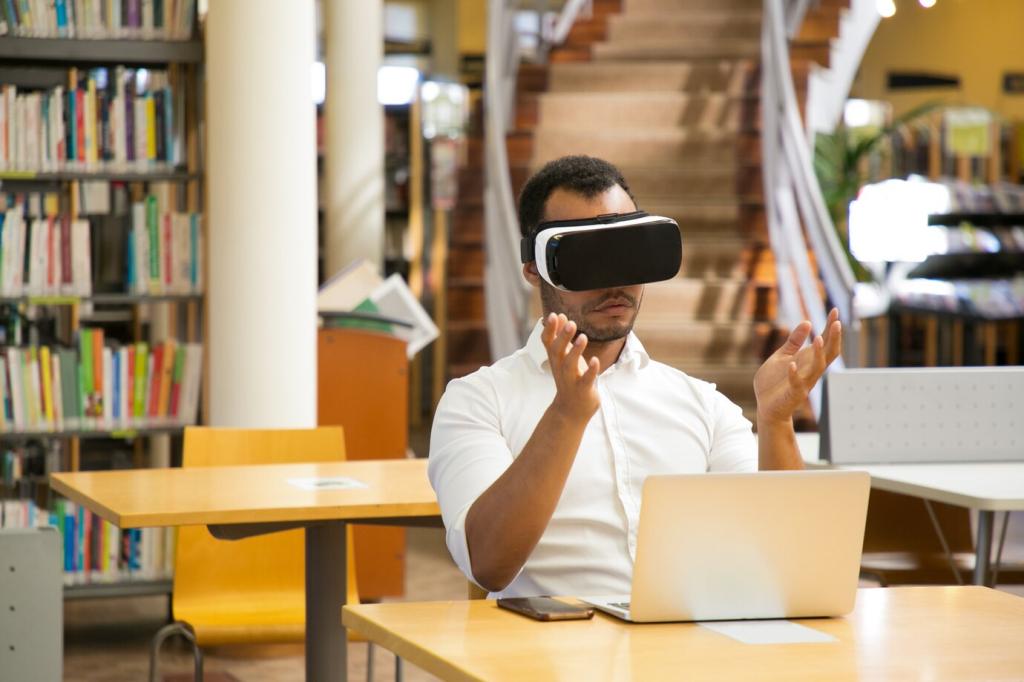
Human Connection Without Losing Momentum
In-person time nurtures trust, pronunciation coaching, and humor. Online time sustains momentum between classes, keeping vocabulary active and structures fresh. This balance protects motivation, especially when learners juggle work, family, and personal goals.
Core Models: Flipped, Station Rotation, and Flex
Learners watch short videos, read micro-stories, or practice pronunciation before class. Class time shifts to role-play, problem-solving, and feedback. Teachers become coaches, guiding learners through authentic tasks that demand spontaneous language use.

Monday Launch: Clear Goals and Comprehensible Input
Begin with a short story, video, or dialogue aligned to real-life situations. Share three specific goals for the week. Invite quick responses in English to prime speaking and set a hopeful, focused tone.
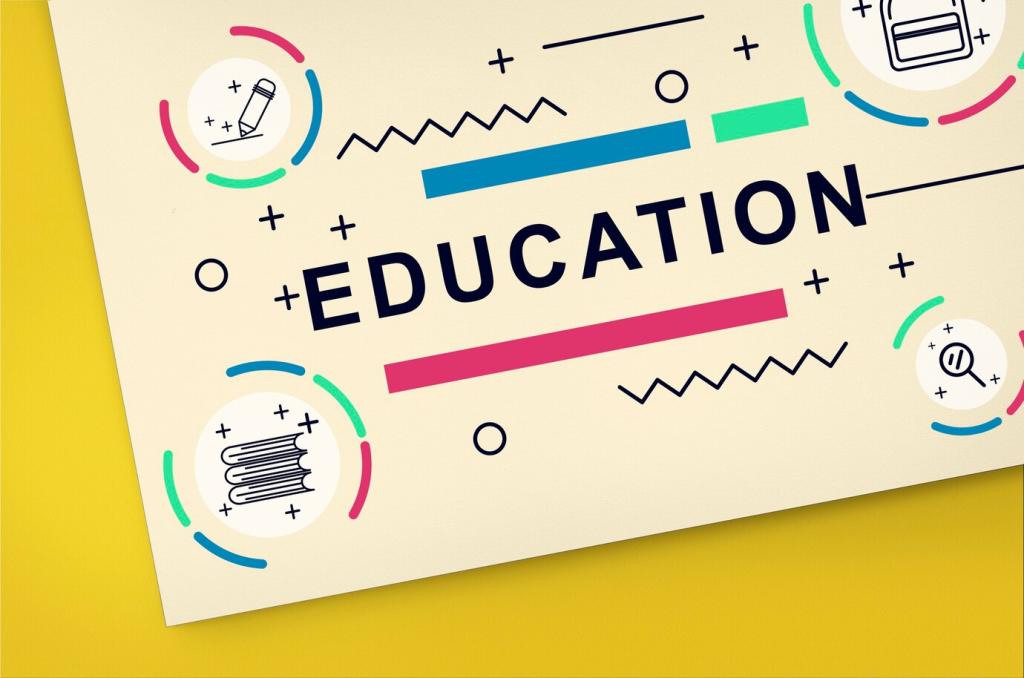
Midweek Online Practice with Feedback Loops
Midweek, learners complete micro-tasks—listening checks, pronunciation shadowing, and short writing. Automated hints offer immediate support, while teachers leave two or three targeted notes that spark improvement without overwhelming.
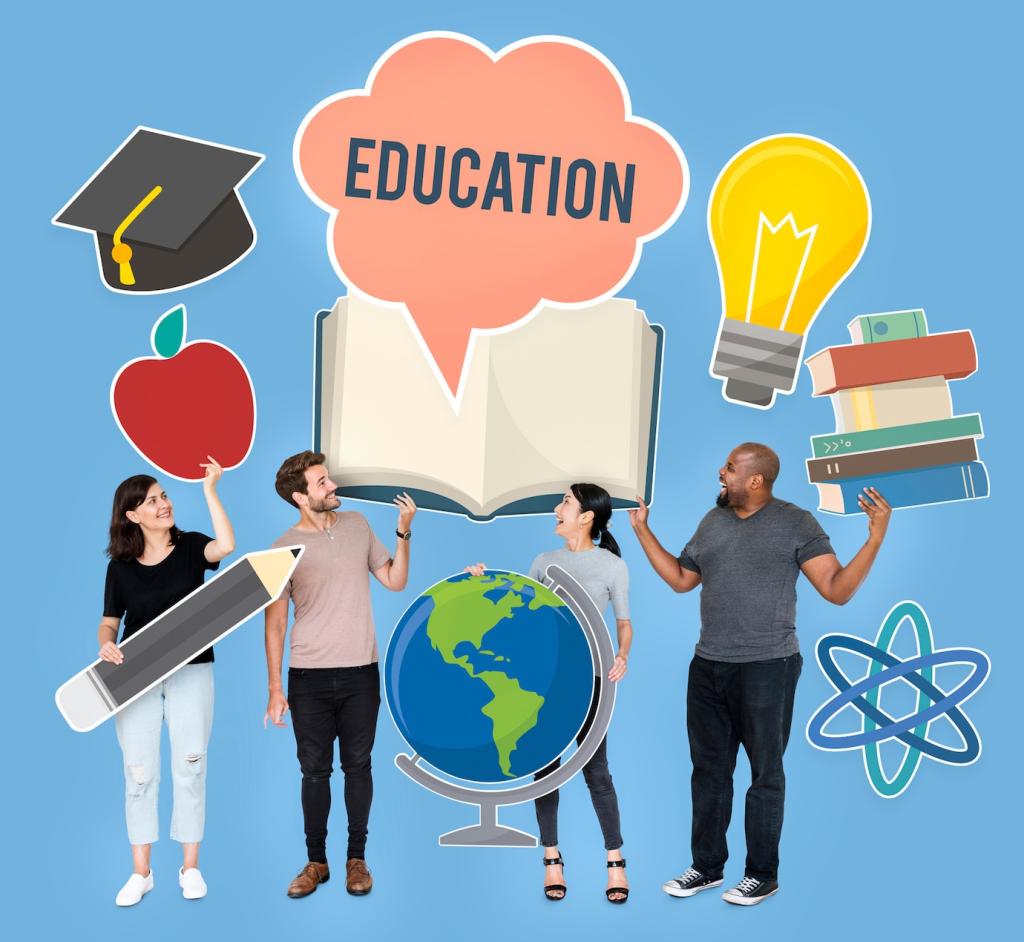
Friday Performance and Reflection
End with a communicative task—negotiating, storytelling, or presenting. Record a short self-assessment: what improved, what still feels tough. Encourage comments below: Which activity felt most authentic this week, and why?
Assessment and Data Without Losing the Human Touch
Short quizzes, voice notes, and exit tickets provide snapshots without stress. Celebrate tiny wins—accurate sounds, longer phrases, clearer structure—so learners notice and trust their growth.
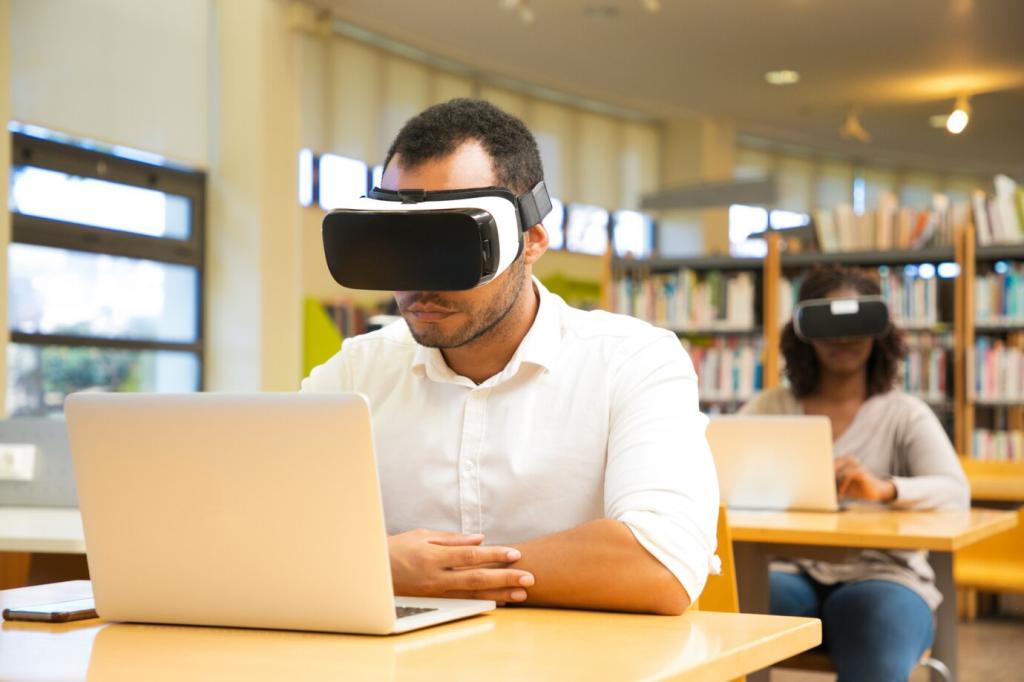
Technology Stack That Serves Pedagogy
Platforms That Prioritize Target Language Use
Choose tools that make speaking and listening easy: voice message threads, captioned videos, and collaborative documents for quick feedback. Favor simple interfaces so attention stays on language, not menus.
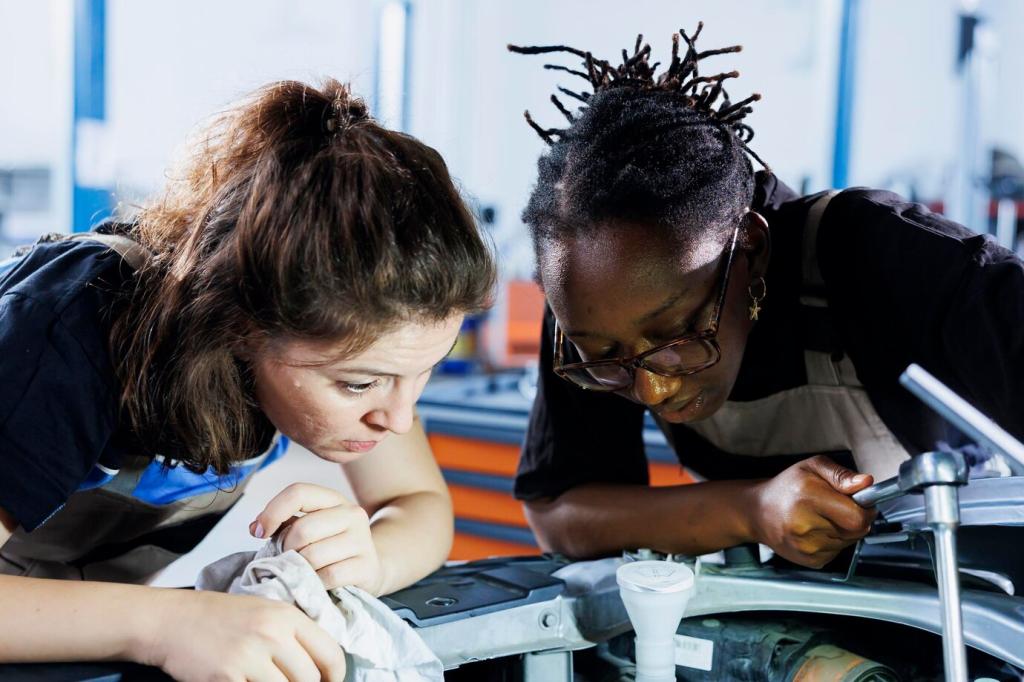
Training and Supporting Teachers in Hybrid Contexts
Micro-PD Cycles with Immediate Classroom Transfer
Offer 20-minute workshops on one technique—like feedback on fluency. Teachers try it that week, share clips, and reflect together. Small improvements compound fast when supported by community.
Coaching, Co-Planning, and Gentle Observation
Pair teachers to plan station rotations or flipped lessons. Use short, goal-focused observations that celebrate strengths and surface one actionable next step. Growth feels safe, specific, and shared.
Time-Saving Templates and Reusable Routines
Provide ready-made lesson arcs, feedback sentence starters, and station rotation cards. Familiar structures reduce prep and free energy for what matters most: responsive teaching and joyful conversation.
Community, Culture, and Motivation Across Modes
Start each week with a simple prompt—What surprised you?—and end with a shout-out circle. Carry these rituals into online forums so encouragement follows learners wherever they study.

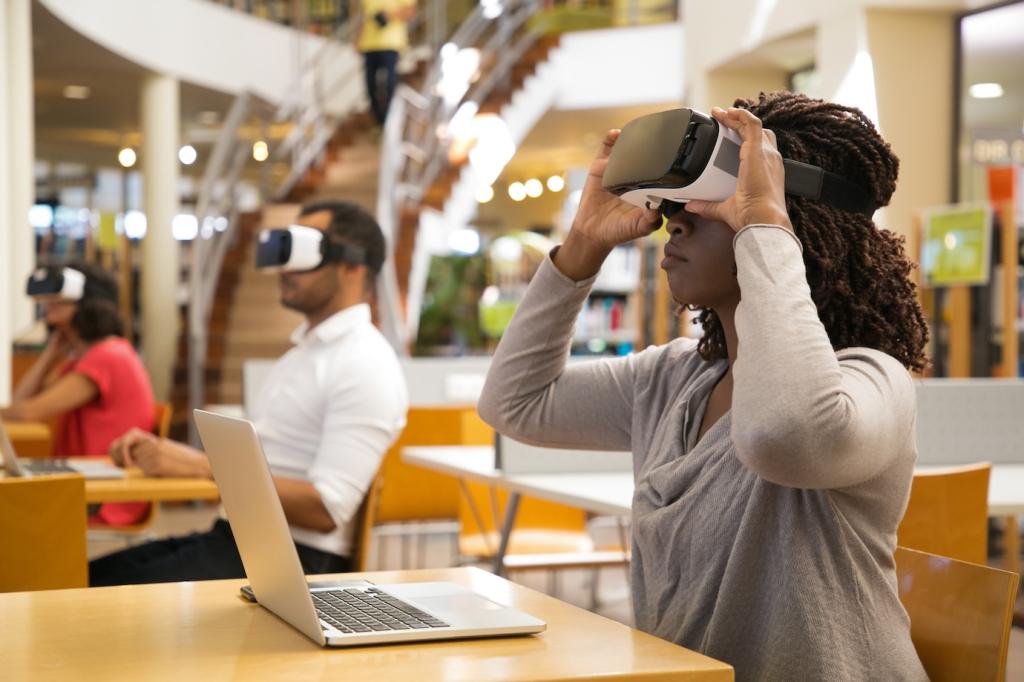
Community, Culture, and Motivation Across Modes
One learner recorded daily one-minute voice notes during commutes, then used class to role-play realistic scenarios. Within months, her pauses shortened, confidence rose, and job interviews felt like friendly chats.
